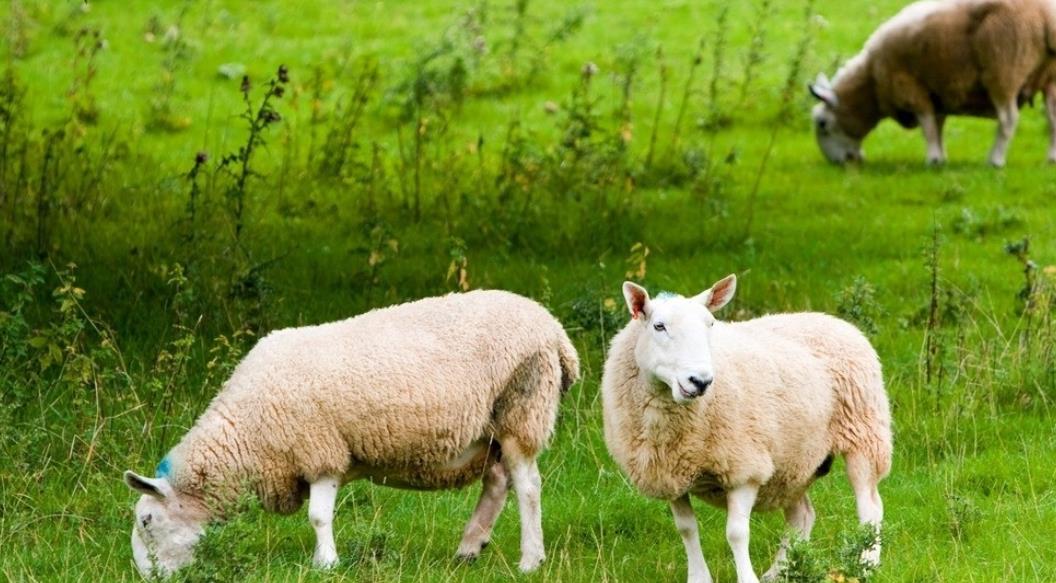

News briefing: Sheep ketonuria: in late winter and early spring, when the ewe is undernourished in the late pregnancy, the maternal metabolic balance is destroyed, resulting in the disorder of fat metabolism in the body, incomplete fat oxidation and the formation of int
Sheep ketonuria: in late winter and early spring, when the ewe is undernourished in the late pregnancy, the maternal metabolic balance is destroyed, resulting in the disorder of fat metabolism in the body, incomplete fat oxidation and the formation of intermediate products (mainly ketone substances), then ketonuria is formed. The breath and urine of the sick sheep have the smell of acetone.
Symptoms: ketonuria is the main persistent sign of the disease. At the initial stage of illness, the vision of the sick sheep decreased, fell behind and stood still. In the later stage of the disease, the patient has consciousness disorder, vision loss, head muscle spasm, ear and lip tremor, empty chewing, and foam saliva in the mouth. Due to neck muscle spasm, the head is tilted back or biased to one side, and circular motion may also be seen. If the whole body convulses, he will suddenly fall to the ground and die. In the process of getting sick, the sick sheep have decreased appetite, weakened anterior gastric peristalsis, pale mucosa, normal or slightly lower body temperature, and acetone smell in exhaled gas and urine.
Treatment: the prevention and treatment of the disease should focus on improving feeding management, and use drug treatment as an auxiliary. Intravenous injection of 25% glucose injection 50-l00 ml can be used. In addition, 15 grams of sodium acetate were fed daily for 5 days. Feed digestible and nutritious high-quality hay and mixed concentrate, and feed juicy feed for hard work.